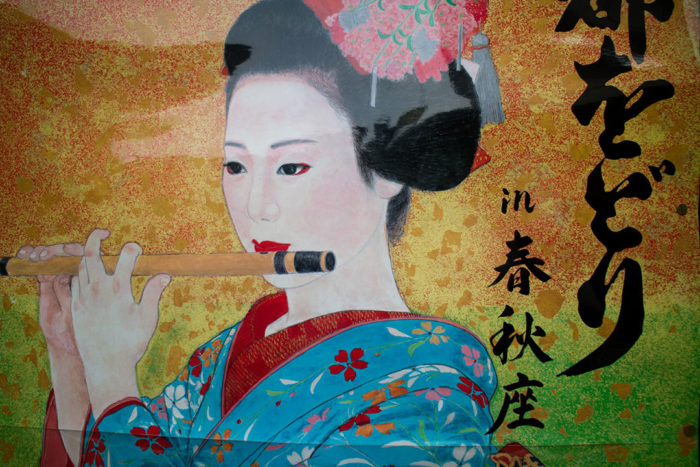Japan is a country that has been attracting increasing attention in the West in recent years. This is due to its many magnificent sites, such as Mount Fuji or its castles dating back to the feudal era, but what is also very intriguing are its traditional arts that have been perpetuated for hundreds of years in Japan. There are a huge number of them, and it would take too long to review them all. However, it is interesting to look at the main ones to get a glimpse of what true Japanese Zen culture is.

Ikebana
Ikebana is a floral art that features very refined and harmonious floral arrangements. If you’ve been lucky enough to visit Japan during a trip or a stay, you may have seen them on the tokonoma of a house or at the entrance of a hotel or restaurant. This is often where they are displayed.
But beyond their decorative function, which is not the essence of their creation, ikebana compositions are for the Japanese who practice this art a real way of fulfilling themselves in the path of Zen and freeing themselves through floral elements. Every detail, whether it is the ikebana vase, the flowers, or even how they are arranged, has its importance.
If you have the opportunity to visit Kyoto, it would be a shame not to make a detour to the city’s Ikebana museum. There, you will discover many different compositions presented in original Ikebana vases, and, above all, you will be able to discover with your own eyes what this minimalist yet very rich art from a symbolic and cultural point of view looks like.
The tea ceremony (chanoyu)
Of all the traditional Japanese arts, the tea ceremony is certainly the most accessible for someone who wants to immerse themselves in the local Zen culture. It’s not that expensive, it can be shared with friends or a partner, and you’ll find tea houses all over the Japanese archipelago that will welcome you to share a delicious cup of matcha.
Too many Japanese had discovered the benefits of green tea, whether sencha or matcha, to the point that it was once used only for medicinal purposes and not for taste. Over time, this drink gained the favor of Japanese nobles, and its tasting took a much more artistic turn, codified by numerous rules that highlight Japanese customs.
Through all these codes, which might perhaps seem excessive for someone unknown to Japanese culture, the tea ceremony highlights four great values which are:
- harmony
- respect
- purity
- tranquility
Calligraphy
Much more than just a way to convey a message, a prayer, or a story, calligraphy is a true art form in Japan. The form in which one writes is at least as important as what one writes.
Calligraphy is found almost everywhere, such as in the tokonoma behind an ikebana composition or a bonsai. Through this very meticulous and relaxing practice, those who consider calligraphy a true art form achieve their own Zen path, in the same way that an ikebana master, a print master, or a practitioner of yabusame (horseback archery) might do.
